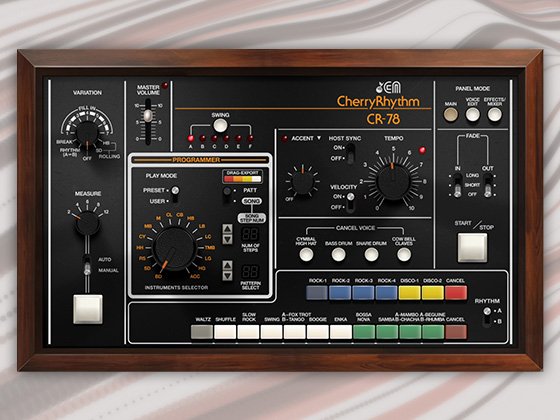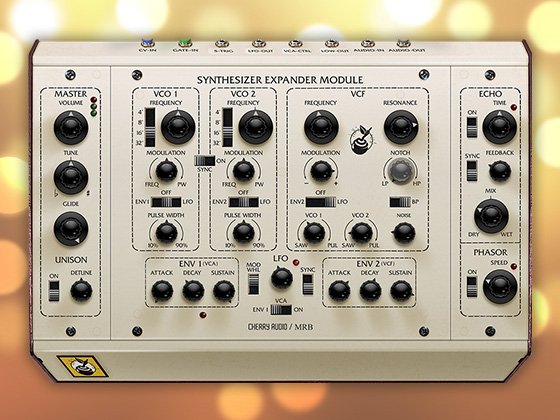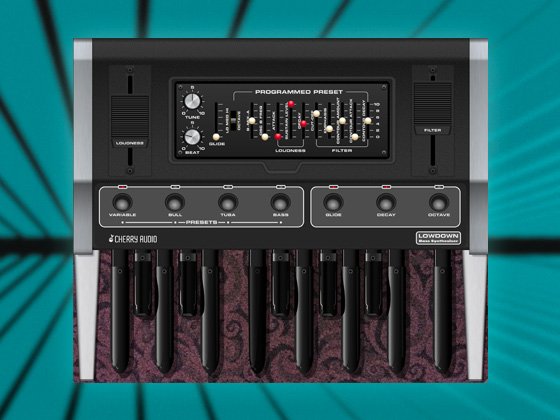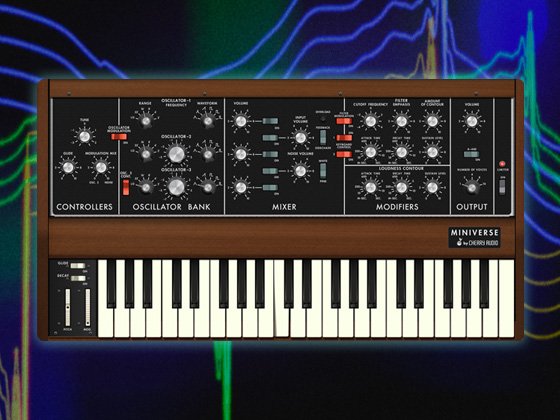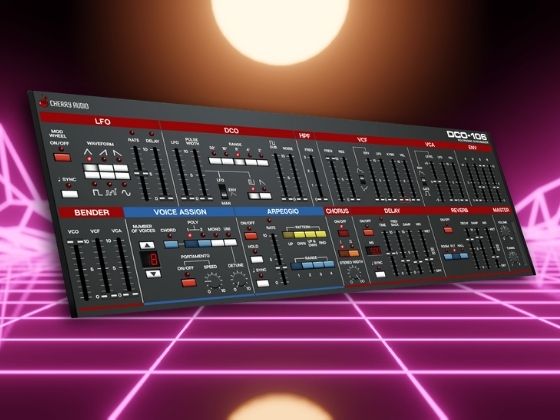Or Get It As Part of Tide Navigating Modulators
$7.99 $16.00
Or Get It As Part of Tide Navigating Modulators
It's a 12-tap delay and it's an LFO with twelve staggered outputs, 30 degrees out of phase with each other. Whether you're using it for rapid stutters or a wash of modulation, the Dodecahedral Phased LFO & Delay produces intriguing results.
As a modulation source, just connect any outputs of the central ring for an LFO. Each are hitting their peaks and valleys at slightly staggered moments, so you can connect them to different destinations to create waves of modulation that hit their shores at an angle. A switch allows you to select the waveform (sine/triangle/saw/ramp) and the central dial sets the rate in BPM. Instead of using the internal LFO, you can use the input to get the same results from other modulation sources.
The input can also be used for audio, and the ring of output jacks represent 12 successive delays with timing also controlled by the central BPM dial. You can create interesting rhythms by choosing different subsets of jacks, and you can get experimental by sending each delay into different effects. The mix jack conveniently sums these taps, and you can even deselect which taps get mixed, via the little blue buttons neighboring each jack. Unlike most delays, there is no internal feedback to continue repeats after the first 12 taps, but you can loop any output to the return jack for feedback (and use its neighboring gain dial to control the extent of feedback).
There are gain controls for the output ring (bottom-left) and also for the mix output, and both can be cv controlled, such as by envelopes. A tilt control (bottom-right), also modulatable via its cv jack, shifts the gain structure to fade in or out with each tap to magnify or subside along the ring, or to rebalance the modulation leading to other modules. You can reset the cycle and internal LFO with a pulse to the reset jack (top-center), and a pulse to the skip jack causes the device to leap over the next tap. The input can also be frozen via the green button at the top (it turns red while frozen), left or with a gate signal at the neighboring jack. Frozen signals are retained when patches or presets are saved.
Try the device for a dodecahedral swarm of signal.


























